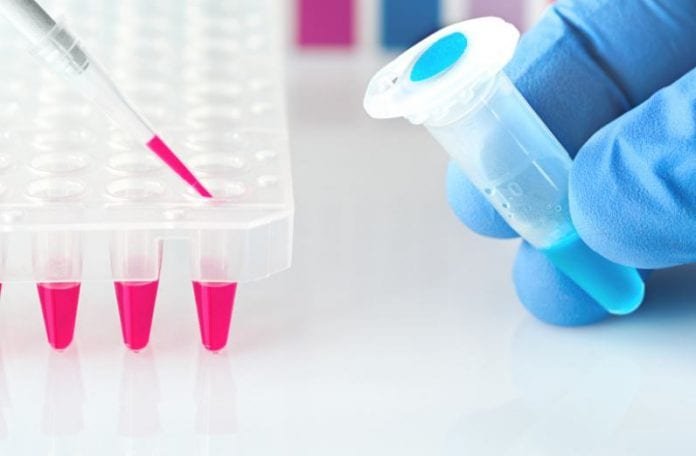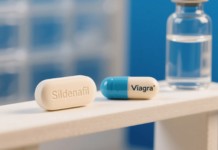Last Updated on March 12, 2024 by admin
A phosphate buffer is a mixture of monobasic dihydrogen phosphate and dibasic monohydrogen phosphate. A range of buffers can be prepared by varying the amount of each salt. The resulting pH value will be between pH 5 and pH 8.0.
A phosphate buffer is a solution that is non-toxic. It is used in the majority of laboratories and prevents cells from shivering or rupturing as a result of osmosis. It’s a system operating in the internal cell’s fluids. The hydrogen ion is the donor, while the hydrogen phosphate ion is the acceptor. In case there are excess hydrogen ions in the cellular fluid, then the hydrogen phosphate ion neutralizes them.
Phosphate buffers are widely used for their ability to maintain a constant pH level in an environment. Most researchers try to maintain a pH of 7.4, which is close to the human body. At times, the solutions are used to dilute some substances and make them safer to work with.
Phosphate buffers have other uses, all to do with the fact that the solutions are non-toxic and isotonic. Often, they’re used to when diluting certain substances and therefore are safe to work with.
These solutions are also very effective in rinsing containers of the previously held cells and similar materials.
Table of Contents
Uses of Phosphate Buffers
The use of phosphate buffer solutions will depend on your application and the product you’re using. For instance, magnesium chloride and potassium dihydrogen are used when making buffer dilution water pillows. These are used to create 25 liters of dilution water at the ratio of one liter per pillow of distilled water. These usually come in 25-pillow packs and are recommended for diluting wastewater and nonpotable samples.
Phosphate buffers are a critical food industry product. It’s used to test bacteria in some foods that could harm customers and hurt a brand’s reputation. Others are used to dry biomolecules through drying and immobilization of the water molecules to a solid surface. The method is perfect in denaturalization and other changes that could lead to trouble when collecting essential data. Most importantly, phosphate buffers help gather information.
Products You Can Trust: Phosphate Buffers
There’s a wide range of phosphate buffers and solutions that you can choose from, depending on your needs. One of these is the Weber Exclusive Buffer, specially prepared to buffer dilution water blanks used to perform a count test for bacteria. This task is associated with an arduous and lengthy process, and instead of going through all this, all work is done for you. This can be done with barely a liter of MS water.
Scientific Dilution Bottles
A perfect and eco-friendly phosphate buffer option for your laboratory are pre-filled dilution bottles with a capacity of 150 ml and can be recycled. These bottles are PET disposable with a sporting glass quality.
Attached are green natural polyethylene caps, and as a result of gamma radiation, the contents are sterile and, therefore, contain no microbial contamination.
When preparing phosphate buffers, molarity is vital. Get to know the volume and the pH that you desire for a particular function. That way, you’ll come up with the most effective phosphate buffer product.
























